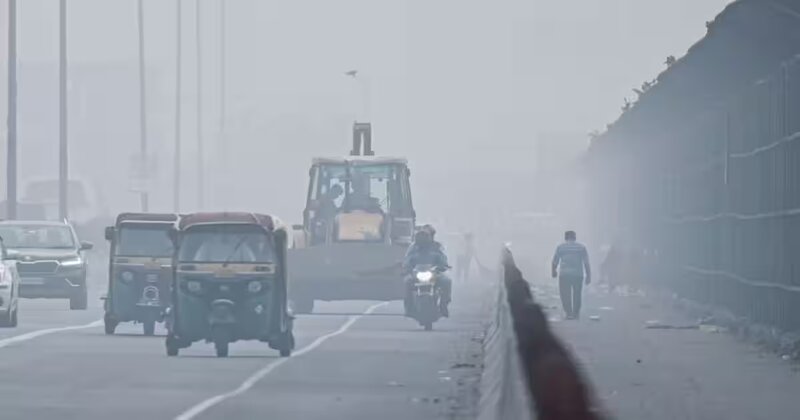
Air quality data from the Central Pollution Control Board (CPCB) has revealed that PM10 pollution levels in major Indian cities have consistently breached national safety standards for the past four years. The National Ambient Air Quality Standards (NAAQS) sets a safe limit for PM10 at 60 µg/m³, but levels in several cities have far exceeded this threshold, with some recording values over 200 µg/m³. PM10 particles, which are smaller than 10 micrometers in diameter, pose significant health risks, especially for those with respiratory illnesses like asthma and COPD.
The main contributors to these high PM10 levels include emissions from vehicles, unregulated construction, burning of waste, industrial activity, and seasonal practices like crop burning. An analysis by climate-tech firm Respirer Living Sciences (RLS) identified cities such as Delhi, Patna, and Lucknow as having the worst air quality, with annual PM10 levels above 200 µg/m³. Even relatively better-performing cities like Chennai and Bengaluru exceeded the safety limits. The Indo-Gangetic plain, in particular, remains a major hotspot for air pollution, demanding urgent attention from policymakers.
Data from CPCB monitoring stations across 11 metropolitan cities showed that all of them breached the NAAQS between 2021 and 2024. Despite efforts at both policy and local levels, cities like Delhi (Anand Vihar at 313.8 µg/m³ in 2024), Patna (Samanpura at 237.7 µg/m³), and Lucknow (Lalbagh above 160 µg/m³) recorded some of the highest PM10 levels. The report emphasizes the need for a comprehensive and stricter strategy to curb emissions and reduce air pollution across urban India.

Post Your Comments